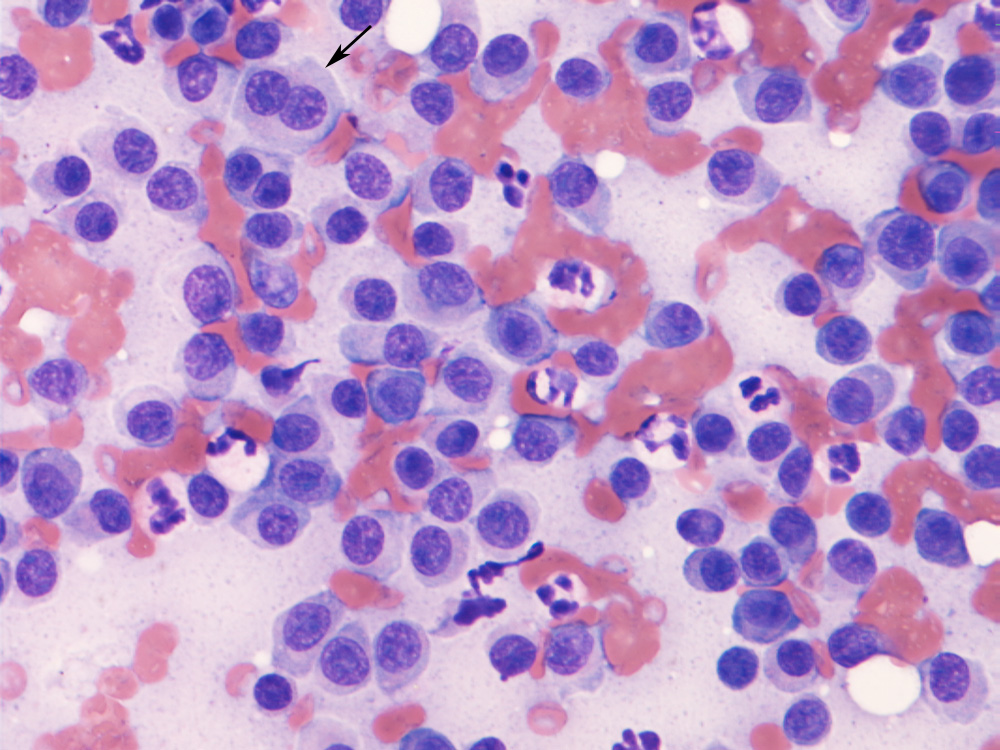Commonly referred to as “milk fever” in cattle intended for beef or “eclampsia” in canine cases, hypocalcemia has a relatively reduced level of calcium in the bloodstream. While still susceptible to the development of eclampsia, although they remain hypocalcemic, pregnant females and those who are nursing are especially prone to hypocalcemia. Being well informed, farmers, veterinary professionals, and dog owners alike must learn everything about hypocalcemia so that early, effective life-saving therapy may be provided.
What is Hypocalcemia in Animals?
Calcium is required for numerous bodily processes in animals, such as:
- Muscle contraction
- Nerve transmission
- Heart function
- Blood clotting
In the event of blood calcium deficiency to a certain level, animals develop muscular, neurological, and systemic dysfunction. Hypocalcemia is either acute or chronic, and if left untreated, it can be fatal.
Commonly Affected Species
Dairy Cattle
- Disease name: Milk Fever (Parturient Paresis)
- Timing: Typically occurs within 72 hours post-calving
- Cause: Unexpected calcium requirement for milk production
Dogs (Small Breeds)
- Disease name: Eclampsia or Puerperal Tetany
- Timing: Usually within the first 2–3 weeks of lactation
- Cause: Excessive demand for calcium from suckling puppies
Sheep and Goats
- As in cows, it commonly occurs in late pregnancy or early lactation
Cats (rare)
- It may be seen in lactating queens, but is rare
Causes of Hypocalcemia in Animals
- Excessive milk production with insufficient dietary calcium
- Dietary imbalance between calcium and phosphorus
- Vitamin D deficiency (impacting calcium absorption)
- Over-supplementation of calcium pre-partum (which dampens natural calcium-regulating mechanisms)
- Impaired nutrition in pregnancy or lactation
Signs of Hypocalcemia in Animals
Signs vary between animals, but typically include:
General Signs
- Muscle trembling
- Weakness or stiffness
- Restlessness or agitation
- Panting or raised respiratory rate
- Poor coordination (ataxia)
- Hypothermia (low temperature)
In Dairy Cattle (Milk Fever)
- Stumbling gait
- Downer cow (cannot stand)
- Cold extremities and ears
- Dilated eyes
- Decreased rumen motility
- Coma or death without treatment
In Dogs (Eclampsia)
- Restlessness, panting
- Pacing or whining
- Muscle twitching
- Seizures in advanced cases
- Quick progress if left untreated
Diagnosis
Veterinarians diagnose hypocalcemia by:
- Clinical presentation
- Laboratory tests (measuring ionized and total calcium)
- Review of diet, pregnancy/lactation stage, and animal history
Treatment
Emergency Treatment
- Intravenous calcium (usually calcium borogluconate)
- Slow injection to prevent cardiac complications
- Heart rate and rhythm monitoring during treatment
Supportive Care
- Heat (particularly in cold climates)
- Fluids, nutrition, and nursing care
Long-Term Management
- Oral calcium supplementation for mild disease or prevention
- Dietary modification: ensuring the correct calcium-phosphorus ratio
- Vitamin D supplementation (under veterinary advice)
Prevention
Prevention is always better than a cure, particularly in production animals.
In Livestock
- Pre-partum dietary management: low calcium intake before calving to activate natural calcium mobilization
- Balanced minerals: particularly calcium, phosphorus, and magnesium
- Close monitoring of high-risk animals during the time of parturition
In Dogs and Cats
- Don’t over-supplement calcium in pregnancy
- Offer a balanced, high-quality diet appropriate to the life stage
- Monitor lactating animals for prodromal signs
FAQs: Hypocalcemia in Animals
Hypocalcemia refers to abnormally low levels of calcium in the blood. Calcium is essential for muscle function, nerve transmission, blood clotting, and bone strength.
Causes vary by species but may include:
Lactation-related calcium drain (e.g., in dairy cows/goats).
Poor diet (low calcium or improper calcium-phosphorus ratio).
Vitamin D deficiency.
Kidney disease.
Pancreatitis.
Hypoparathyroidism (especially in dogs).
Pregnancy toxemia (in small ruminants).
Signs depend on species and severity but may include:
Muscle tremors, twitching, stiffness.
Weakness or recumbency (unable to stand).
Seizures (especially in dogs and cats).
Cold extremities and low body temperature.
Poor appetite and depression.
Bloat (in ruminants due to decreased gut motility).
Blood tests to measure total and ionized calcium levels.
Electrolyte panel (often includes phosphorus, magnesium).
Urine tests, if kidney disease is suspected.
Clinical history and physical exam findings.
Yes. Recurrence is common if the underlying cause isn’t addressed, especially in:
Lactating animals with continued calcium loss.
Animals with parathyroid disorders or kidney disease.
Good with prompt treatment, especially in mild cases.
Guarded to poor in severe or recurring cases, or if treatment is delayed.
Chronic management may be necessary for some pets.
Final Thoughts
Hypocalcemia is a significant but potentially life-threatening disease in animals. Either operate a few milk cows or raise a litter of puppies, knowing the instructions and realizing that the disease can be the difference. Most animals recover well and can return to their normal activities with prompt veterinary attention and proper food.
If you suspect hypocalcemia in any of your animals, call your veterinarian right away — minutes count.



